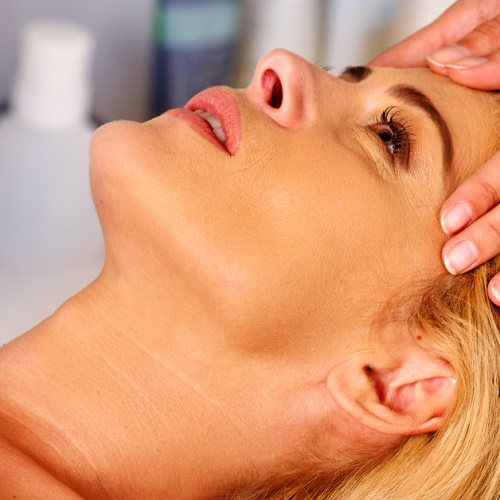Key points from article :
A team at the University of Chicago, led by Bozhi Tian, has developed a bioelectronic device that combines living skin bacteria with sensors to treat psoriasis in mice.
The device uses Staphylococcus epidermidis bacteria, a normal component of human skin, to produce a metabolite that disrupts the overactive growth of skin cells in psoriasis.
In a mouse model, the device effectively reduced inflammation and promoted healthy skin regeneration within a week.
The device also features sensors that monitor skin thickness, dryness, temperature, and humidity to potentially adjust treatment in the future.
This research suggests that future versions of this technology could offer a personalized approach to treating psoriasis in humans.






